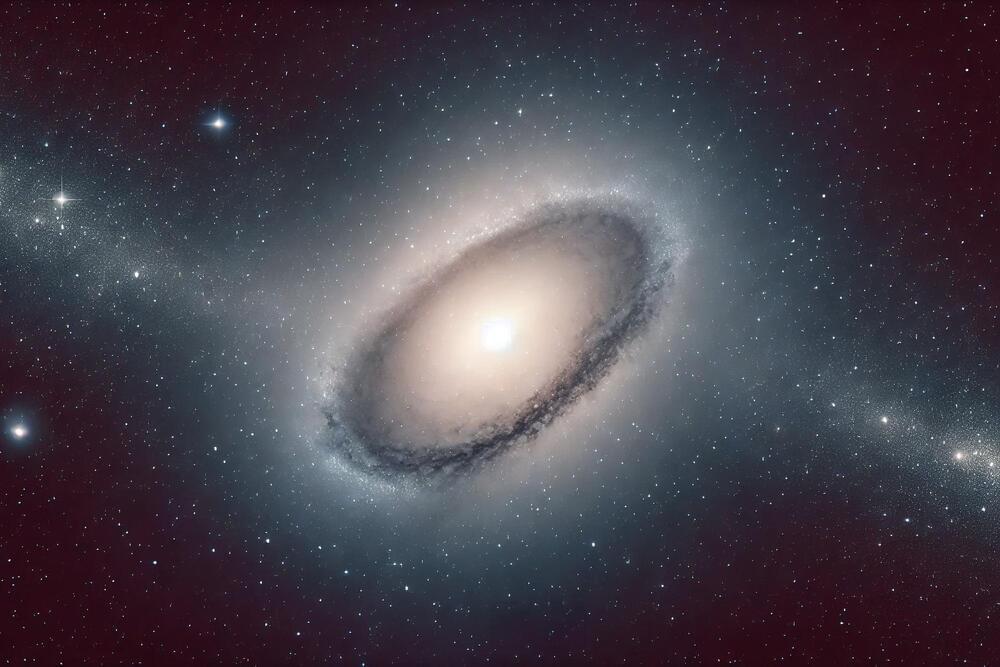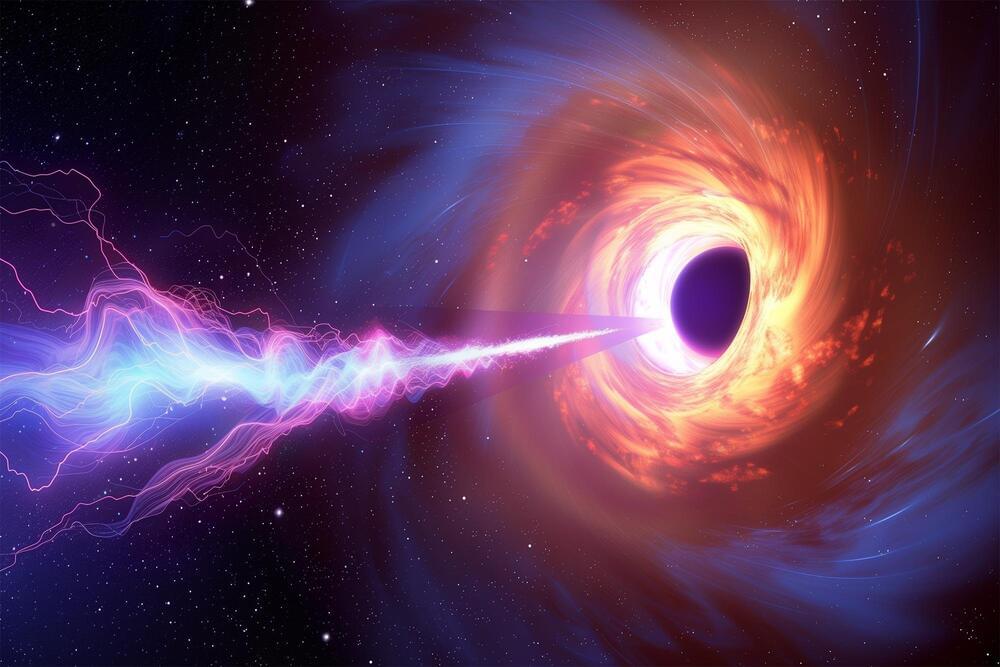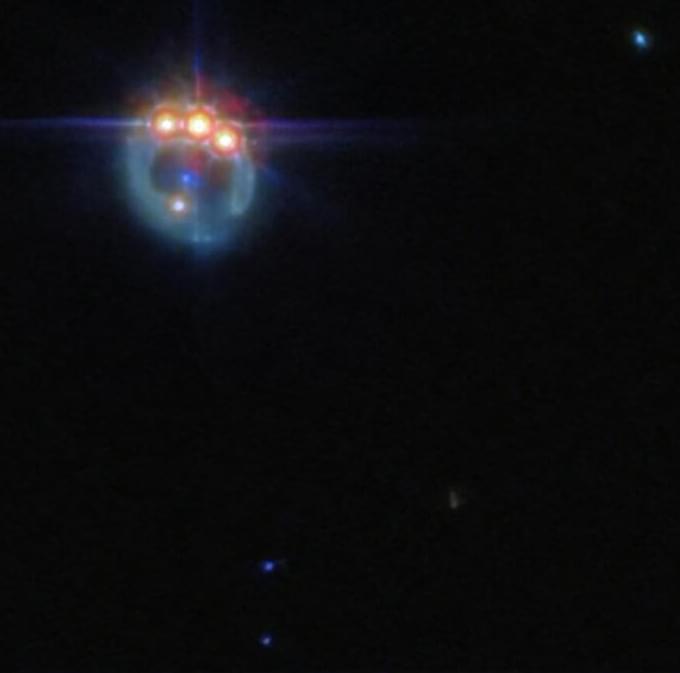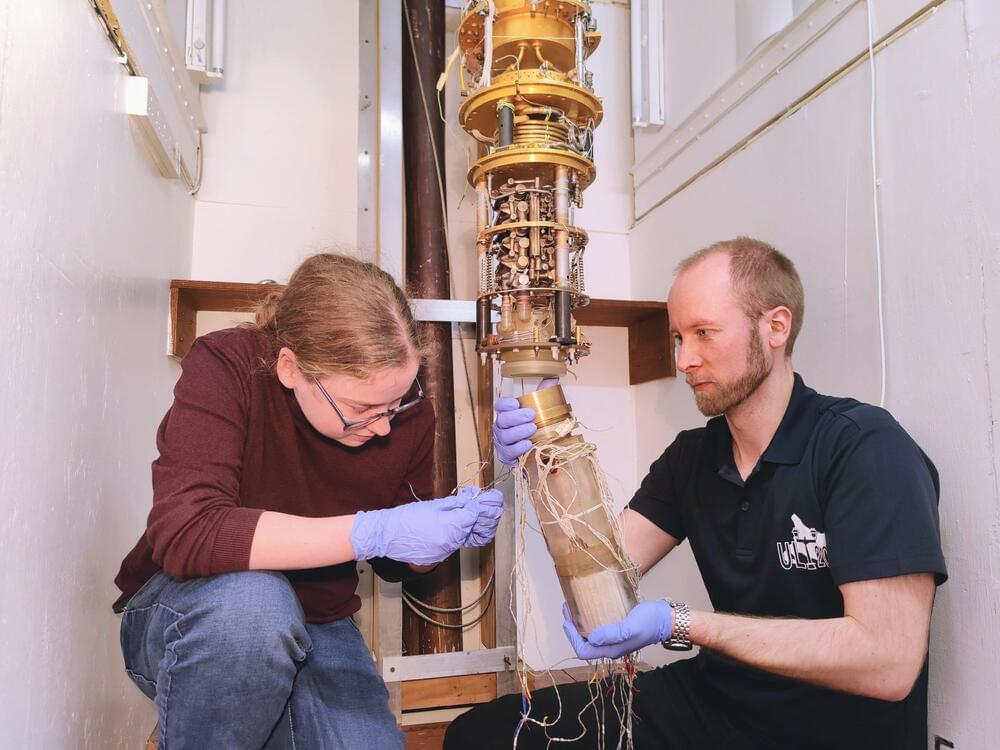Could advanced civilizations be using a network of black holes for interstellar travel? In our last video, the \.
Category: cosmology – Page 118
Using Black Holes to Traverse the Universe with Dr. David Kipping
The Halo Drive, using a laser to gain fuel free relativistic propulsion from a black hole. By shooting a laser close to the event horizon of a black hole, Dr. David Kipping’s conceptual star drive could lead to traveling across the milky way from one black hole to another as well as techno signatures from advanced civilizations that might already be using this intergalactic relay system.
The halo drive: • the halo drive.
Cool Worlds — YouTube: / @coolworldslab.
Cool Worlds:
http://coolworlds.astro.columbia.edu/
Kipping, David (2018), \



Dark Matter Dynamics: Exploring the Strange Milky Way Satellite, Crater 2
Crater 2, a large, dim satellite galaxy, exhibits properties that challenge traditional cold dark matter theories. The SIDM theory provides a better explanation, suggesting dark matter interactions that reduce density and increase galaxy size, matching observations.
Crater 2, located approximately 380,000 light years from Earth, is one of the largest satellite galaxies of the Milky Way. Extremely cold and with slow-moving stars, Crater 2 has low surface brightness. How this galaxy originated remains unclear.
Challenges in Understanding Crater 2.

Matter/Antimatter Black Hole Jets Recreated in CERN’s Laboratory
The Fireball collaboration at CERN has generated a powerful electron-positron plasma beam to study black hole jets, significantly advancing our understanding of these cosmic phenomena and supporting simulations with experimental data. Credit: SciTechDaily.com.
The Fireball collaboration used CERN ’s HiRadMat facility to produce an analog of the jets of matter and antimatter that stream out of some black holes and neutron stars.
At CERN’s HiRadMat facility, researchers have created a high-density electron-positron plasma beam that mimics astrophysical jets from black holes, providing new insights into space phenomena. These experiments help validate theoretical models with real-world data, paving the way for deeper understanding of cosmic events like black hole jets.
Wormholes and quantum entanglement | Juan Maldacena
[2023 APCTP Spring Colloquium] Wormholes and quantum entanglement.
Date: 10 March, 2023
Speaker: Prof. Juan Maldacena.
We describe various types of wormholes in general relativity. We willmention which wormholes are allowed and which ones are forbidden, bothclassically and quantum mechanically. We will describe the connectionbetween wormholes and entanglement, in the particular case of entangledblack holes.


Webb admires bejeweled ring of the lensed quasar RX J1131-1231
This new picture of the month from the NASA/ESA/CSA James Webb Space Telescope features the gravitational lensing of the quasar known as RX J1131-1231, located roughly six billion light-years from Earth in the constellation Crater.
It is considered one of the best lensed quasars discovered to date, as the foreground galaxy smears the image of the background quasar into a bright arc and creates four images of the object.
Gravitational lensing, first predicted by Einstein, offers a rare opportunity to study regions close to the black hole in distant quasars, by acting as a natural telescope and magnifying the light from these sources. All matter in the universe warps the space around itself, with larger masses producing a stronger effect.

Searching for dark matter with the coldest quantum detectors in the world
One of the greatest mysteries of science could be one step closer to being solved. Approximately 80% of the matter in the universe is dark, meaning that it cannot be seen. In fact, dark matter is passing through us constantly—possibly at a rate of trillions of particles per second.
We know it exists because we can see the effects of its gravity, but experiments to date have so far failed to detect it.
Taking advantage of the most advanced quantum technologies, scientists from Lancaster University, the University of Oxford, and Royal Holloway, University of London are building the most sensitive dark matter detectors to date.